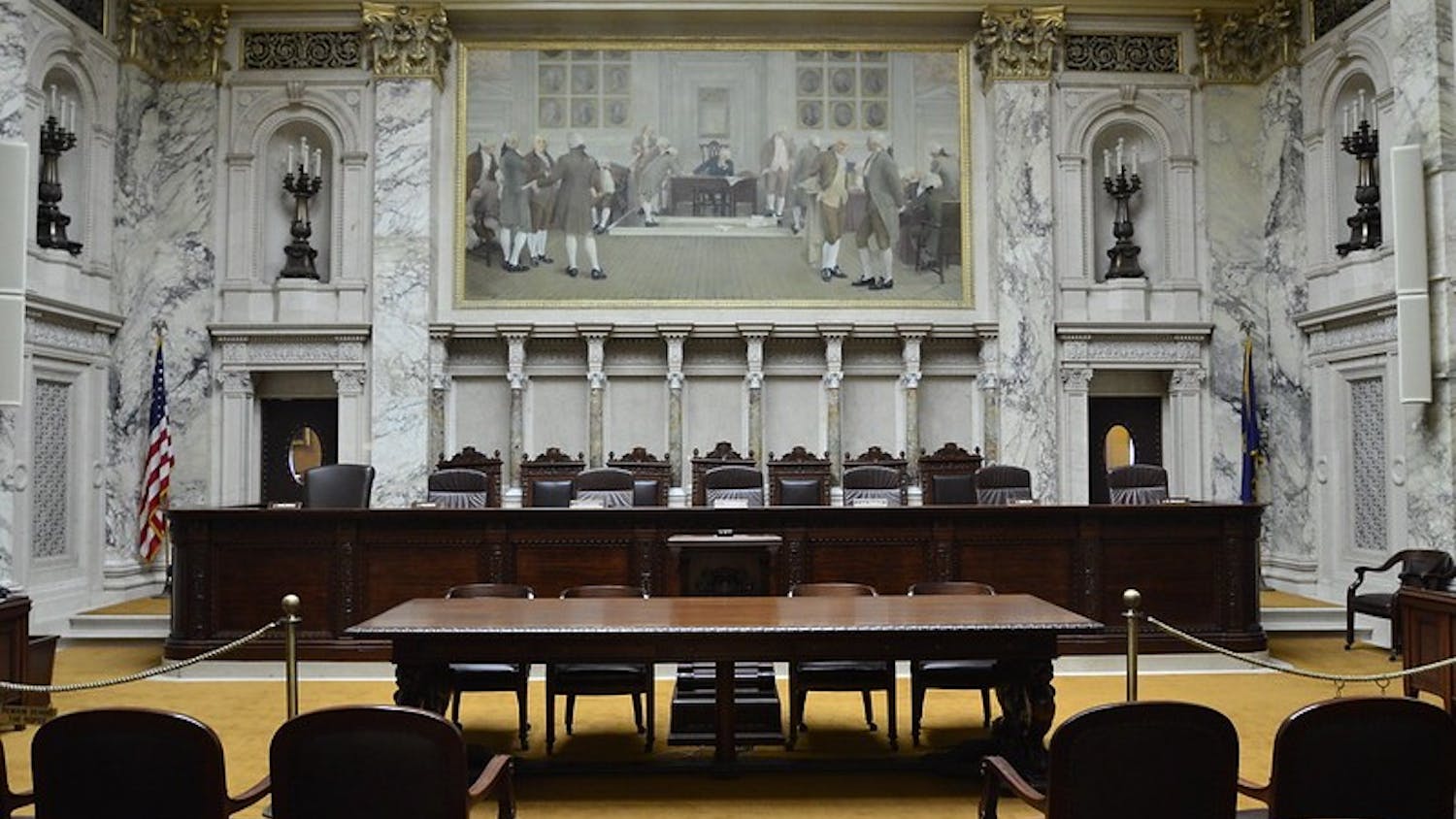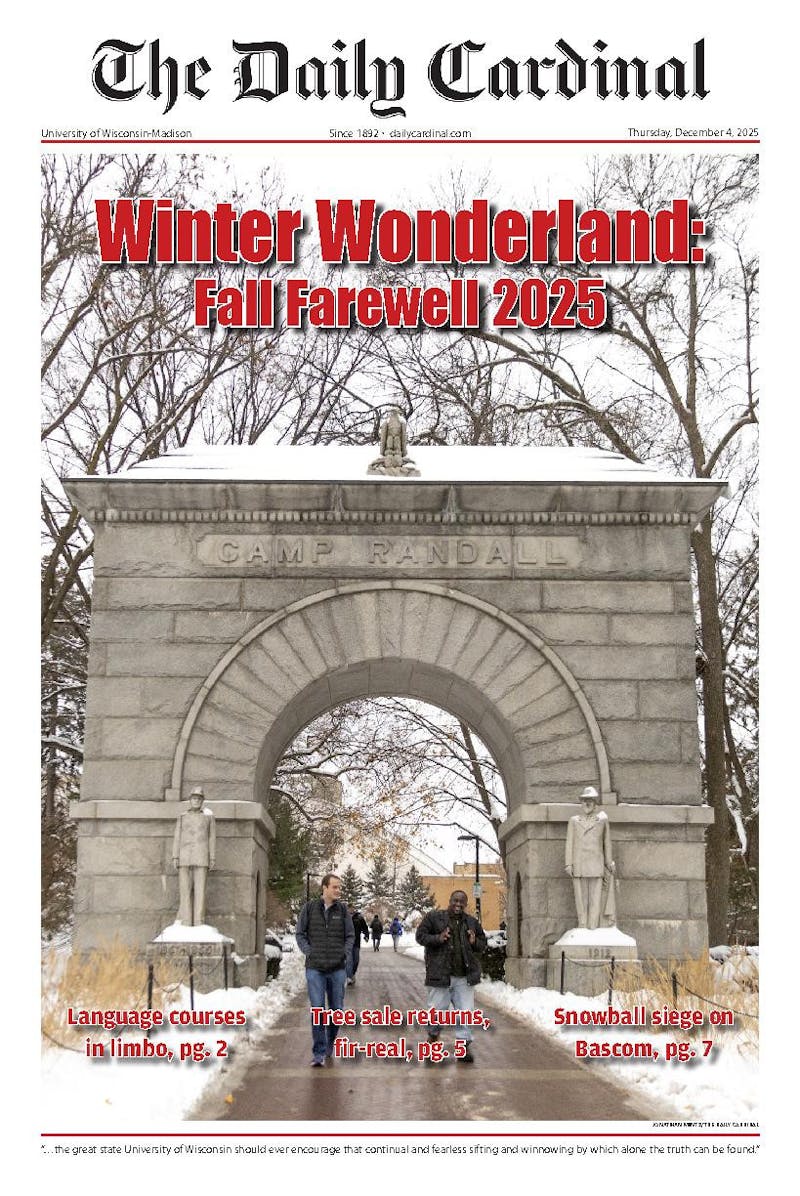Late tonight and into the wee hours of Tuesday morning, the Leonid meteor shower will make its brilliant return to the night sky.
If clouds do not cover the view, this magnificent cascade of light, with thousands of shooting stars'or meteors'streaking across the horizon will be witnessed.
The meteor shower marks the time of year when the earth gets closest to the orbit of comet Tempel-Tuttle. Starting tonight, the earth will plow through dense clouds of debris the comet left behind when it passed by back in 1866, and is expected to provide a spectacular display.
\It is a wonder in nature,"" said Dr. Jim Lattis, director of the UW Space Place. ""It reminds us that we're part of the universe.""
Walt Harris, UW-Madison Space Astronomy Laboratory scientist and comet researcher, said conditions will make this year's encounter uniquely intense.
""You have a better chance of seeing a spectacular storm because the comet has come by and our orbits [earths and comets] are closest together,"" Harris said.
While there are two predicted peaks this year, North America is likely to witness only the second peak; Tuesday morning at approximately 4:30 a.m. The first peak will begin tonight around 10 p.m., although the earth will be positioned in favor of sky watchers in Europe, Africa and west Asia.
As the comet travels around the sun, it is similar to a large snowball only a few miles in diameter. But when it gets closer to the sun, it travels faster and gets warmer. The comet goes through a melting process, forming trails of grain-sized, icy particles. When the earth gets close to the comet debris, its gravity simply picks them up and watchers will then see them light up the night sky, especially the pea-sized ones, which are brightest.
So how does one see such tiny bits of these space snowballs? Lattis said the particles turn into these fireballs with tails as they hit the earth's atmosphere, and begin to burn and glow as they fall at speeds of 60-70 kilometers per second.
In fact, due to the predicted force of the Leonid storm, a few precautions have been taken in outer space.
According to Lattis, NASA turned the Hubble Telescope so that it would not face forward in orbit. This way, the storm will not harm its mirror, which is the heart of the telescope.
Also, some instruments in scientific satellites'such as high voltage power supplies'were turned off to prevent damage to them.
The event is known as the Leonid meteor storms because the path of the comet appears to originate from the constellation of Leo. Tempel-Tuttle, which takes 33 years to complete its orbit, last visited the inner solar system in 1998 and is not predicted to return until 2099.
In a typical year, the earth passes through gaps between streams of Tempel-Tuttle's dust, creating a shower at 10 to 15 meteors every hour.
As for onlookers on the ground, there is no concern except for the clouds. A clear view of the night sky should reveal the meteors.
The Madison Astronomy Society-UW Extension, the Friends of Lake Wingra and Lattis will be hosting a meteor-watching party at Wingra Park which will be open to the public. No special equipment is necessary and telescopes will be available.





